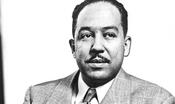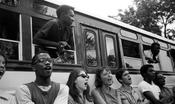text
Informational
Facing the School Dropout Dilemma: The interaction of sexual orientation with school dropout rates
The American Psychological Association (APA) published “Facing the School Dropout Dilemma: The interaction of sexual orientation with school dropout rates” on its website in 2012. The APA is widely regarded as the most prominent professional organization for psychologists in the United States.
July 5, 2014


